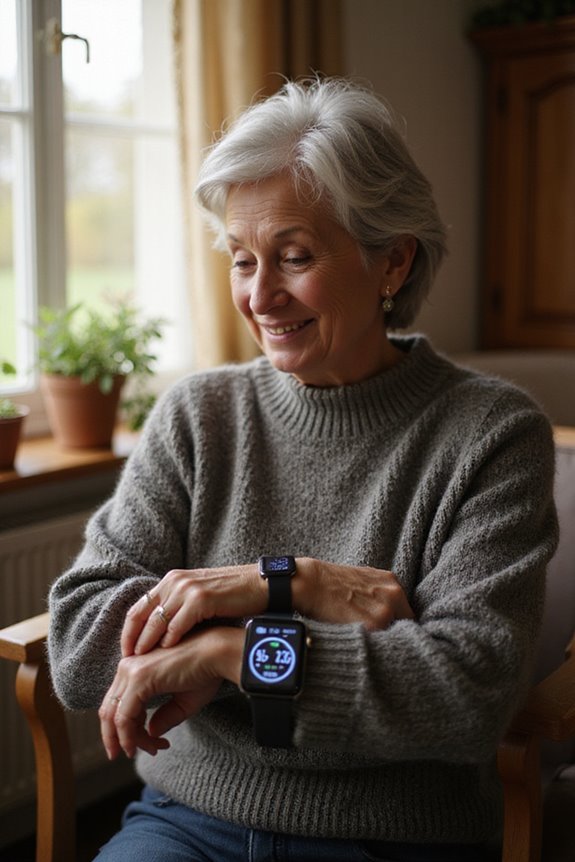The wearable health monitor market is witnessing significant growth, projected to reach USD 427.05 billion by 2034, with a CAGR of 25.90% from 2025 to 2034. Key trends include advanced precision sensors, AI integration for personalized health insights, and increasing demand for real-time monitoring. Smartwatches, rings, and Continuous Glucose Monitors (CGMs) dominate device types, reflecting consumer preferences for targeted health metrics. Continued developments promise more innovative wearables and enhanced patient engagement. Further insights reveal emerging opportunities in this evolving market.
Key Takeaways
- The wearable health monitor market is projected to grow significantly, reaching USD 427.05 billion by 2034, driven by increasing health awareness and technology adoption.
- AI integration in wearables is enhancing health analytics, enabling personalized recommendations and improving user engagement through real-time insights.
- Innovative device types, such as smart rings and continuous glucose monitors, are emerging, offering discreet and continuous health tracking capabilities.
- There is a rising demand for remote patient monitoring solutions, with 90% of consumers showing interest in personalized wellness products.
- Advanced sensors are paving the way for non-invasive monitoring, improving measurement accuracy and supporting proactive health management.
Market Growth and Projections
The wearable health monitor market is experiencing significant growth, driven by various factors and projections. With a global market value of approximately USD 42.68 billion in 2024, it is set to reach around USD 53.73 billion by 2025 and expand to USD 427.05 billion by 2034, reflecting a robust CAGR of 25.90% from 2025 to 2034.
Key market dynamics include:
- North America currently leads with a projected growth from USD 11.70 billion in 2024 to USD 119.31 billion by 2034.
- Asia-Pacific is recognized as the fastest-growing region due to increased healthcare investments.
- Investment opportunities are abundant, fueled by rising health consciousness and chronic disease prevalence, driving demand for wearable devices.
Technological Advancements
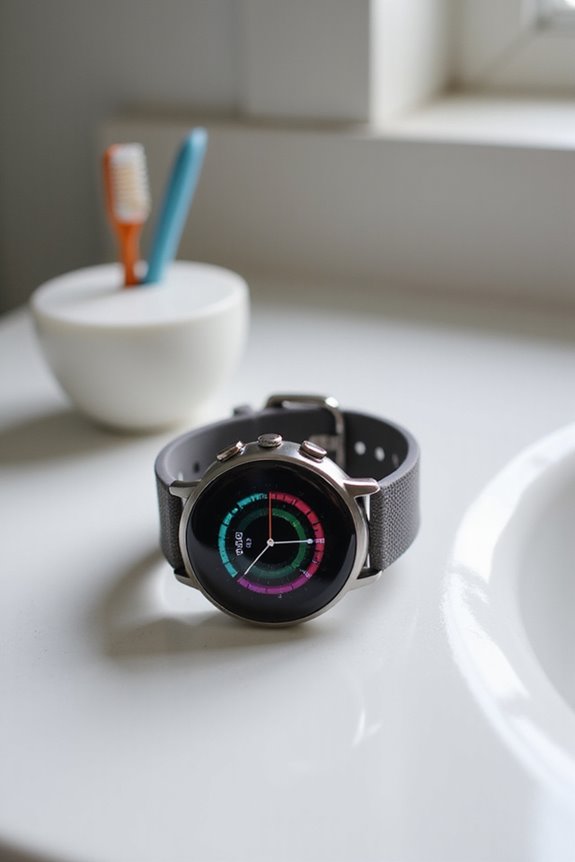
As wearable health monitors evolve, technological advancements play a critical role in enhancing their functionality and accuracy. Key developments include:
- Precision Sensors: Innovations like ultrasound blood pressure monitors and cortisol sensors improve sensor accuracy, enabling real-time health tracking.
- AI Integration: Machine learning algorithms analyze complex physiological signals, providing thorough health insights and early flags for potential health issues.
- Wearable Integration: Multi-parameter sensor rings and continuous glucose monitors exemplify the seamless integration of various health metrics, allowing users to manage their health proactively.
These advancements not only enhance user experience but also facilitate extensive monitoring, fostering a community focused on well-being and informed health decisions. The future of wearable health technology hinges on continual improvements in accuracy and integration. Additionally, the incorporation of real-time data viewing in devices like pulse oximeters enhances user engagement and supports informed health choices.
Device Types and Form Factors
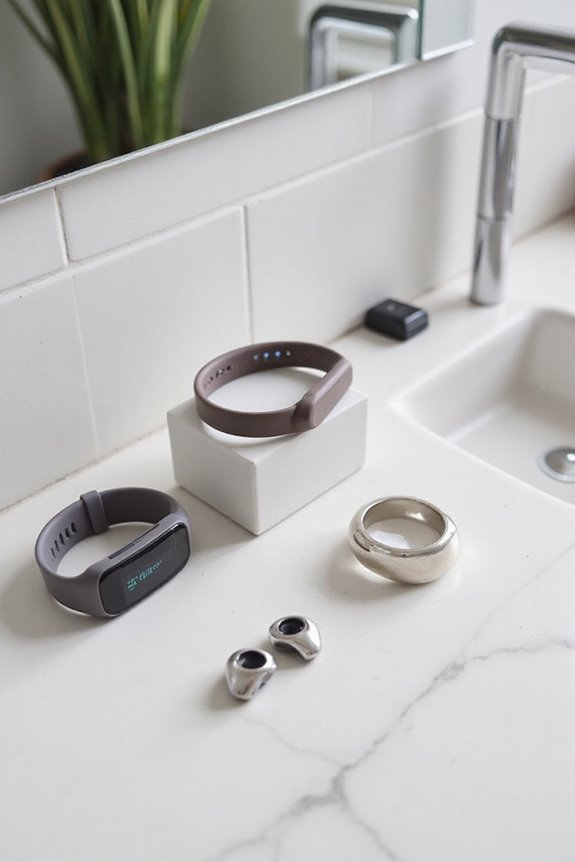
Wearable health monitors are available in various device types and form factors, each designed to meet specific user needs and preferences.
Smartwatches
- Incorporate medical-grade sensors for ECG, blood oxygen, and sleep tracking.
- Examples include Apple Watch Series 9 and Samsung Galaxy Watch 6.
Rings
- Oura Ring tracks over 30 biometrics.
- Designed for discreet, continuous monitoring with extended battery life.
Wristbands and Straps
- WHOOP Strap and Empatica Embrace focus on targeted health metrics.
- Emphasize durability and sensor accuracy for chronic condition management.
Continuous Glucose Monitors (CGMs)
– Devices like Dexcom G7 provide real-time glucose monitoring, enhancing user engagement through comprehensive support for effective management.
Emerging Form Factors
– Include smart implants and textile-integrated wearables for seamless health monitoring.
These developments in wearable technology enhance health monitoring capabilities considerably.
Market Drivers and Consumer Trends
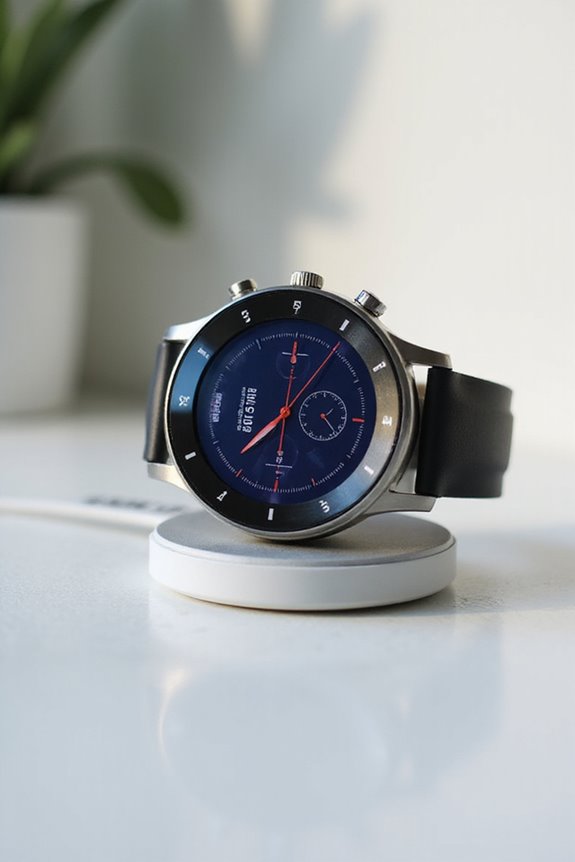
Growing interest in wearable health monitors is greatly influenced by several market drivers and consumer trends.
Market Growth Drivers:
- The global wearable medical devices market is projected to expand from USD 53.73 billion in 2025 to over USD 427.05 billion by 2034, with a CAGR of 25.90%.
- Demand for remote patient monitoring and home healthcare solutions is rising.
- Consumer awareness of health benefits, fitness, and chronic disease management is increasing.
- Measurement accuracy in these devices is crucial as consumers seek reliable health monitoring solutions.
Technological Innovations:
- Adoption of AI enhances data analytics and personalized health monitoring.
- Novel sensor technologies improve disease diagnosis and user experience.
Consumer Trends:
- There is growing demand for fitness tracking and real-time health insights.
- First-time buyers are entering the market, expanding the consumer base beyond traditional fitness enthusiasts.
Regional Focus and Opportunities
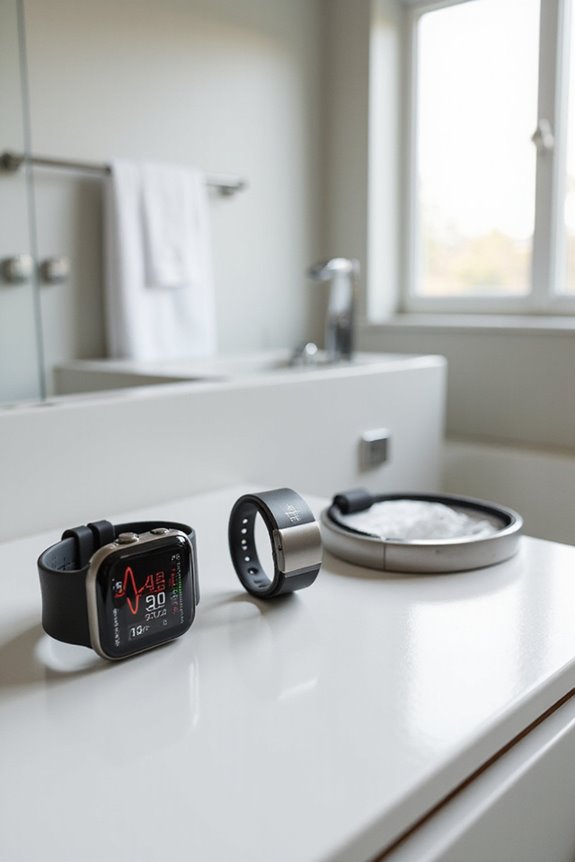
Regional dynamics play an essential role in shaping the landscape of wearable health monitors, with distinct opportunities emerging across various markets.
North America
- Dominates with a 42.3% market share in 2024.
- High chronic disease prevalence drives demand.
- Advanced infrastructure and favorable reimbursement enhance adoption.
Asia-Pacific
- Accounts for 22.5% market share with a higher CAGR predicted.
- Rapid chronic disease increase prompts demand for monitoring devices.
- Government initiatives and healthcare investments stimulate growth.
Europe and Emerging Markets
- Moderate share but strong regulatory support exists.
- Aging population increases wearable adoption.
- Emerging markets like the Middle East and Latin America show potential, reliant on improved policies and infrastructure.
Regional challenges include differing regulatory frameworks and varying healthcare access. Understanding these market dynamics is vital for stakeholders.
Future Trends and Innovations
As the health technology landscape evolves, future trends and innovations in wearable health monitors are poised to reshape personal healthcare.
Sensor Evolution Advanced sensors will provide non-invasive monitoring, measuring essential signs such as heart rate and blood oxygen levels.
Health Analytics Integration of AI will enhance Health Analytics, enabling personalized recommendations and early disease detection through continuous monitoring.
Seamless Connectivity Wearables will guarantee real-time data flow, facilitating remote patient monitoring and empowering users to manage their health effectively. Real-time data access from smart devices will further enhance this connectivity.
Innovative Designs Emerging devices like smart rings and smart glasses will expand the market, offering diverse platforms for health tracking.
Market Growth The demand for wearables will surge as consumers increasingly seek technology-driven health management solutions, reinforcing the significance of preventive care.
The Role of AI and Machine Learning
The integration of artificial intelligence (AI) and machine learning into wearable health monitors represents a significant advancement in personal healthcare technology.
- AI Applications: These devices utilize predictive analytics to forecast health issues, enabling early intervention.
- Anomaly Detection: AI algorithms swiftly identify irregularities, ensuring timely alerts to users and healthcare providers.
- Personalized Insights: Machine learning techniques analyze biometric data, offering tailored health recommendations that enhance user engagement.
- Data Security: Robust frameworks protect sensitive health information, fostering user trust.
- Health Monitoring: Continuous real-time monitoring supports proactive health management, reducing healthcare costs by preventing severe complications.
AI and machine learning empower wearables to adapt to individual health patterns, ultimately enhancing the user experience and promoting better health outcomes.
Integration With Telehealth and Remote Monitoring
Integration with telehealth and remote monitoring greatly enhances the effectiveness of wearable health devices in modern healthcare.
- Rising Adoption: As of 2022, 36.36% of individuals utilize wearables, up from 28-30% in 2019, reflecting a growing commitment to health monitoring.
- Real-Time Data: Wearables transmit crucial signs, such as heart rate and blood pressure, enabling healthcare providers to monitor patients remotely.
- Patient Engagement: 80% of users are willing to share health data, although only 25% do, indicating an opportunity for improved engagement.
- Telehealth Benefits: Integration supports chronic condition management, facilitating proactive care and enhancing communication between patients and providers.
- Healthcare Ecosystem: The convergence of wearables and telehealth is essential for bridging gaps in care, fostering continuous health insights. Additionally, the incorporation of accurate cuff fitting ensures that blood pressure readings from wearable devices are reliable, further enhancing their utility in remote monitoring.
Consumer Demand for Personalized Health Solutions
Consumer demand for personalized health solutions is rapidly increasing, driven by a growing awareness of individual health needs. Key trends indicate that:
- Growing Interest: Nearly one-third of consumers plan to increase spending on health and wellness in 2024.
- Personalized Nutrition: 90% of consumers express interest in personalized wellness products, including tailored nutrition plans and personalized vitamins.
- Health Tracking Apps: There is heightened consumer interest in apps that facilitate data-driven health management.
- Willingness to Share Data: 57% of consumers are open to sharing personal health data for customization.
- Expectations for Care: 88% of consumers seek healthcare experiences that mirror personalization found in other sectors.
Additionally, the rise in popularity of devices like the Oxygen Generator 3L Portable Concentrator demonstrates a growing trend towards user-specific health interventions. These statistics reflect significant shifts in consumer preferences towards personalized, effective, and data-supported health solutions.
Frequently Asked Questions
What Are the Main Challenges in Wearable Health Monitor Adoption?
In a world where health is a precious garden, challenges bloom. User experience struggles with technology integration, while data privacy looms like a shadow, creating barriers that hinder collective growth and acceptance of wearable health monitors.
How Do Wearables Impact Healthcare Costs for Patients?
Wearables greatly impact healthcare costs for patients through substantial cost savings and enhanced patient engagement. By enabling proactive health management and real-time monitoring, they reduce hospital admissions and promote healthier lifestyle choices, fostering a sense of community well-being.
What Regulations Govern Wearable Medical Devices?
Regulations governing wearable medical devices focus on regulatory compliance and device classification. Authorities classify devices based on risk, ensuring safety and effectiveness, while also addressing the evolving landscape of healthcare technology and patient needs.
Can Wearables Replace Traditional Health Monitoring Methods?
The question of whether wearables can replace traditional health monitoring methods hinges on wearable accuracy and monitoring reliability. While they offer continuous data, discrepancies and clinical assessment needs suggest they complement rather than fully substitute conventional approaches.
How Do Privacy Concerns Affect Wearable Health Technology Usage?
Privacy concerns considerably influence wearable health technology usage, as individuals prioritize data security and user consent. Heightened awareness of potential risks fosters hesitance, impacting adoption rates and user trust in these innovative health monitoring solutions.

